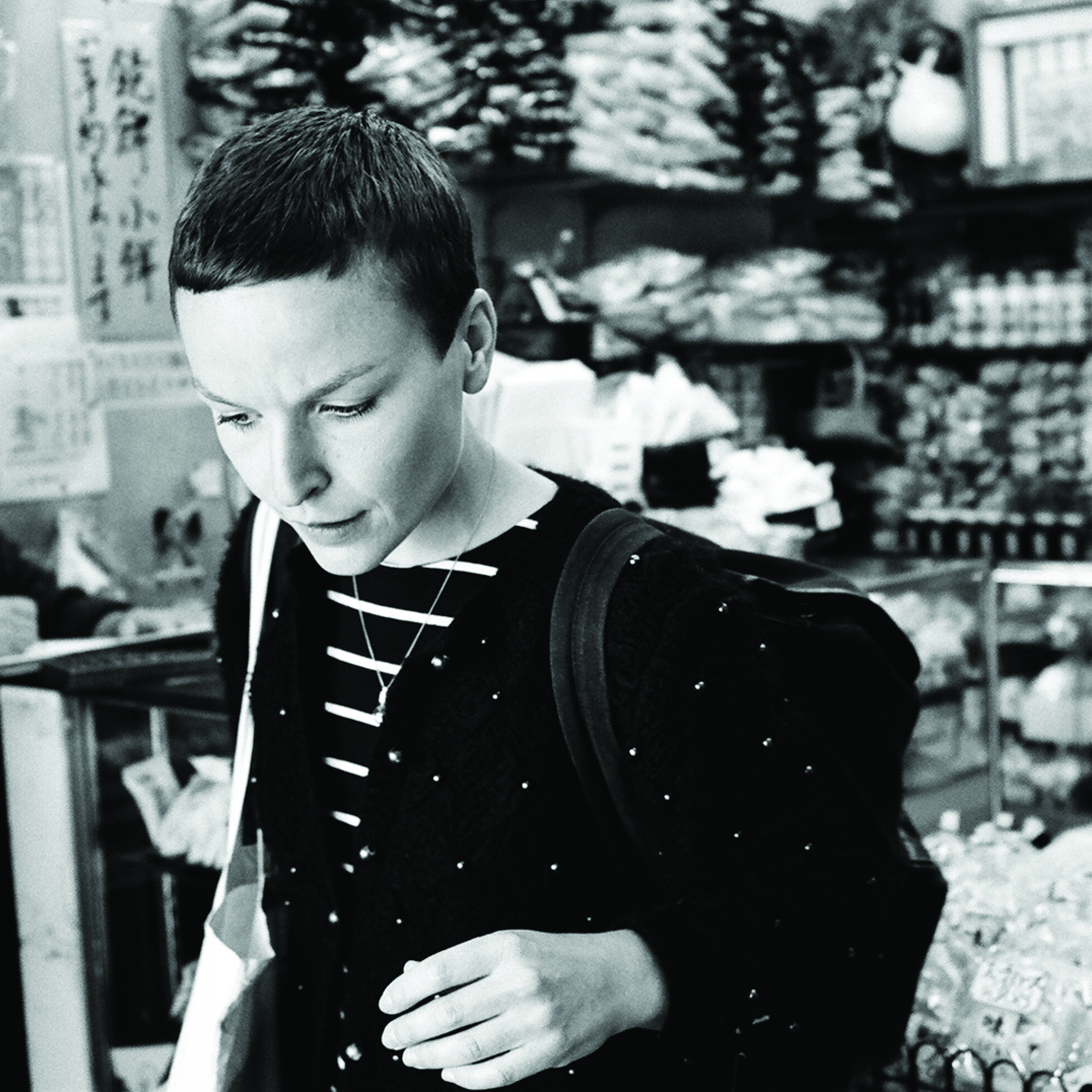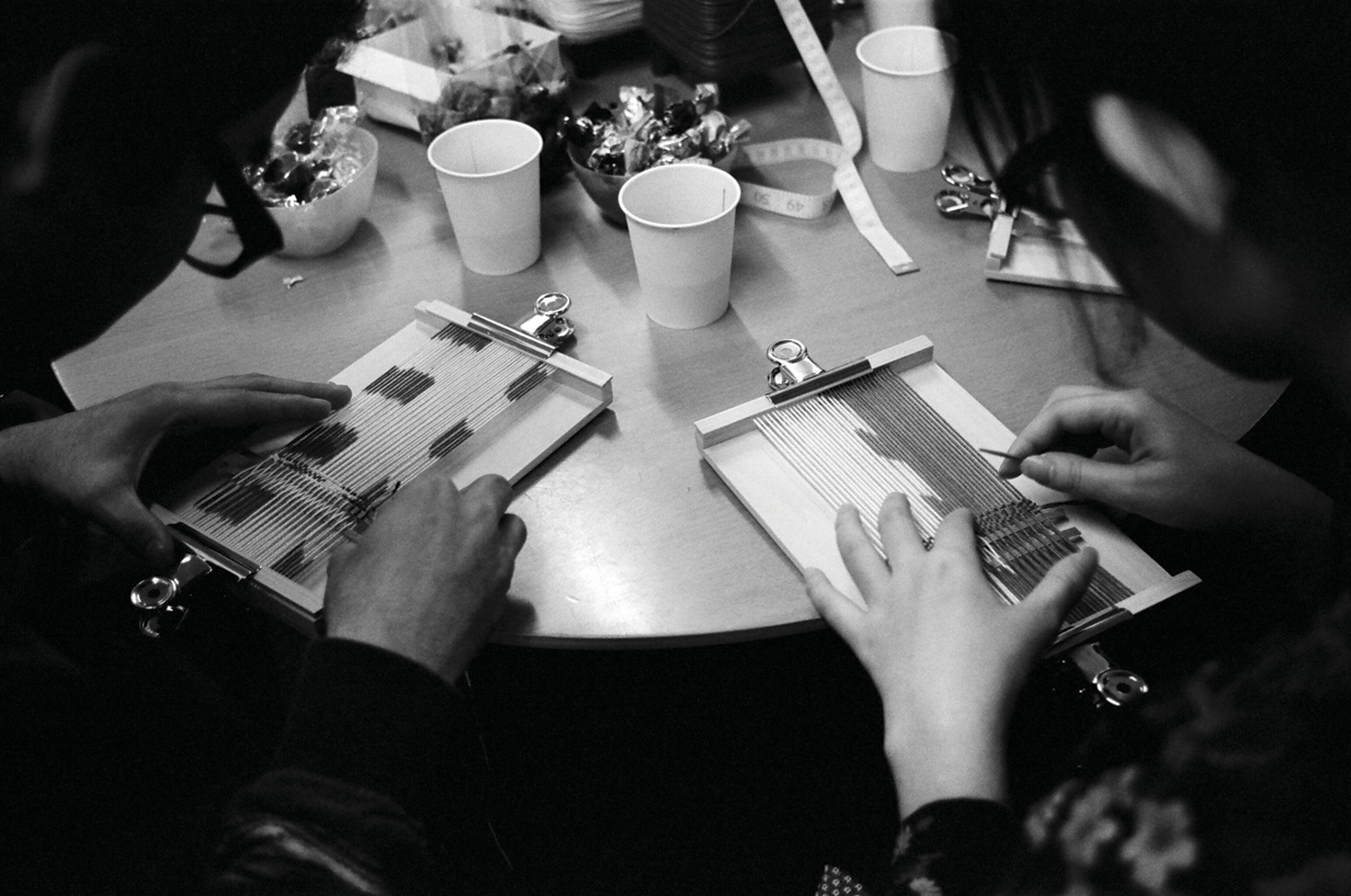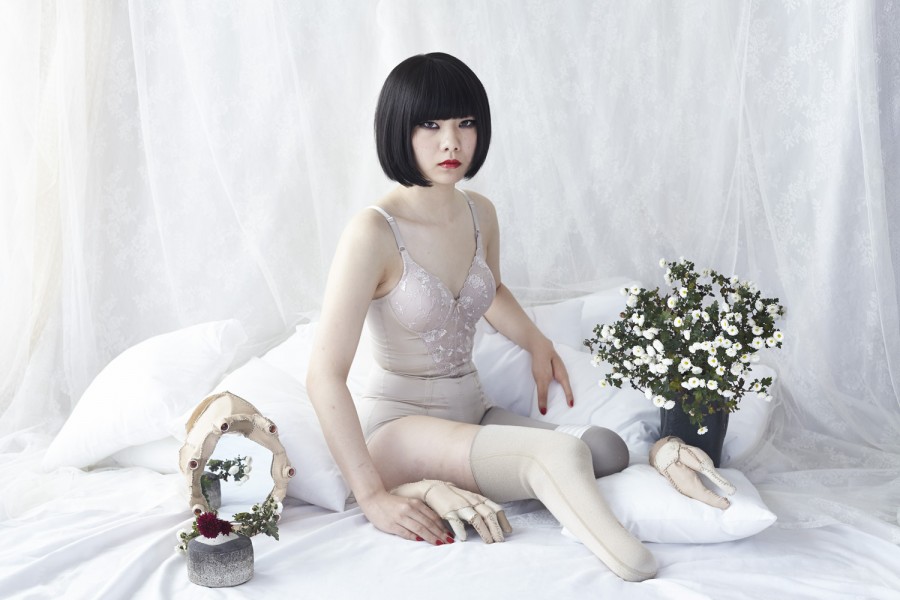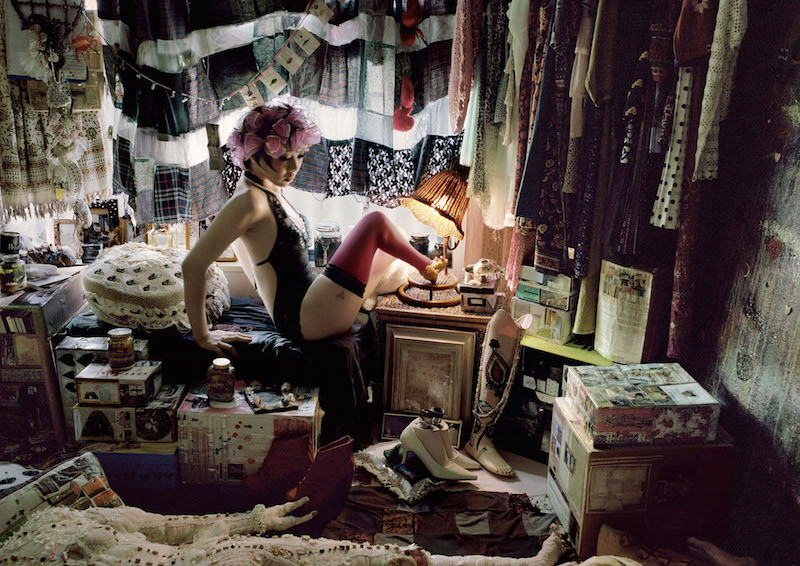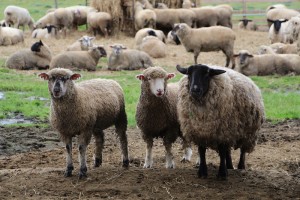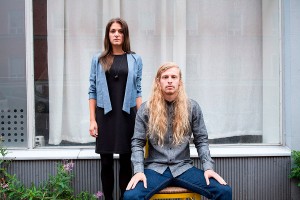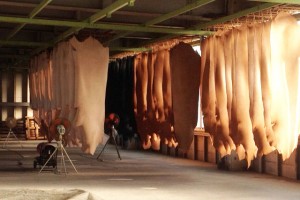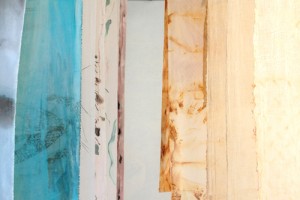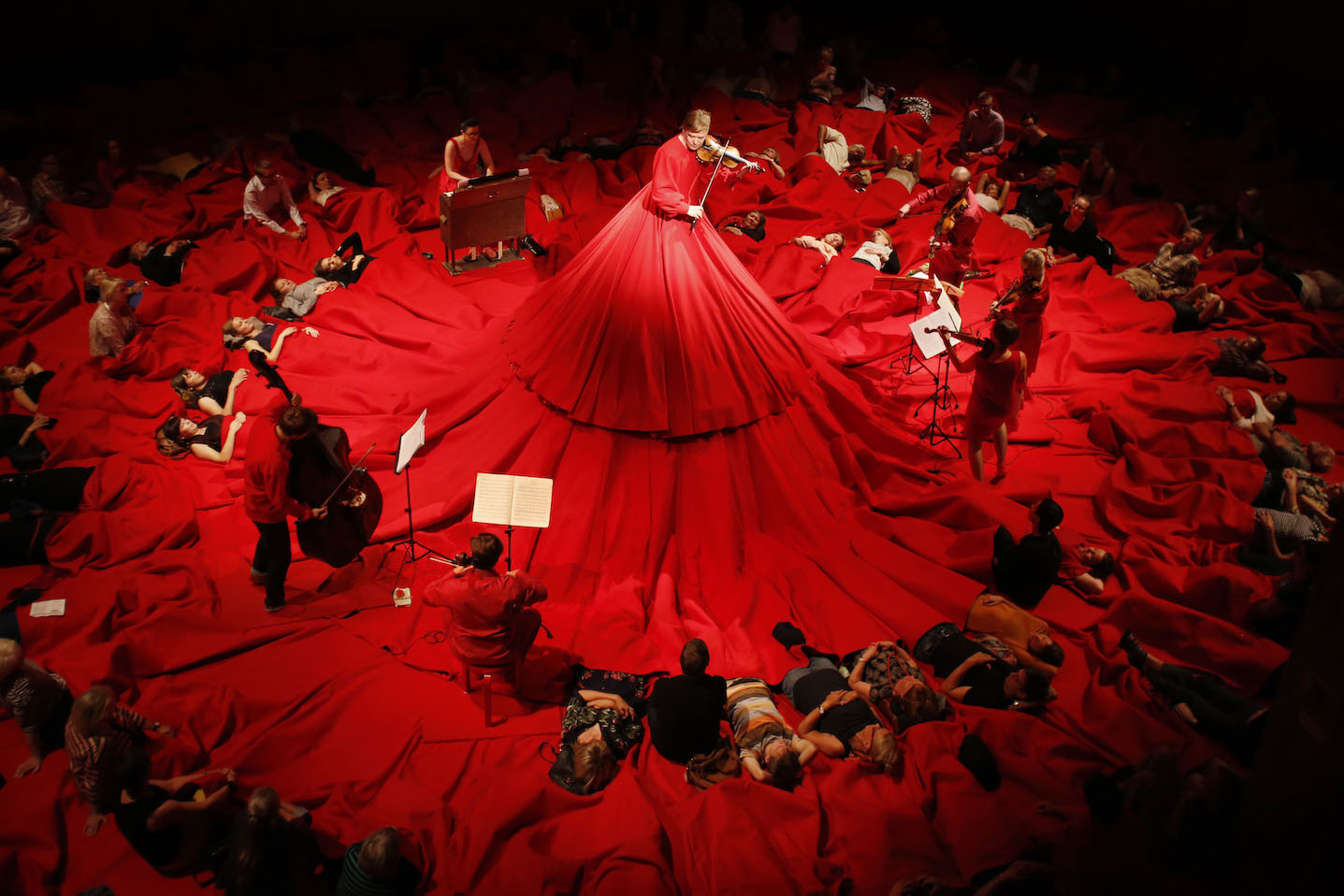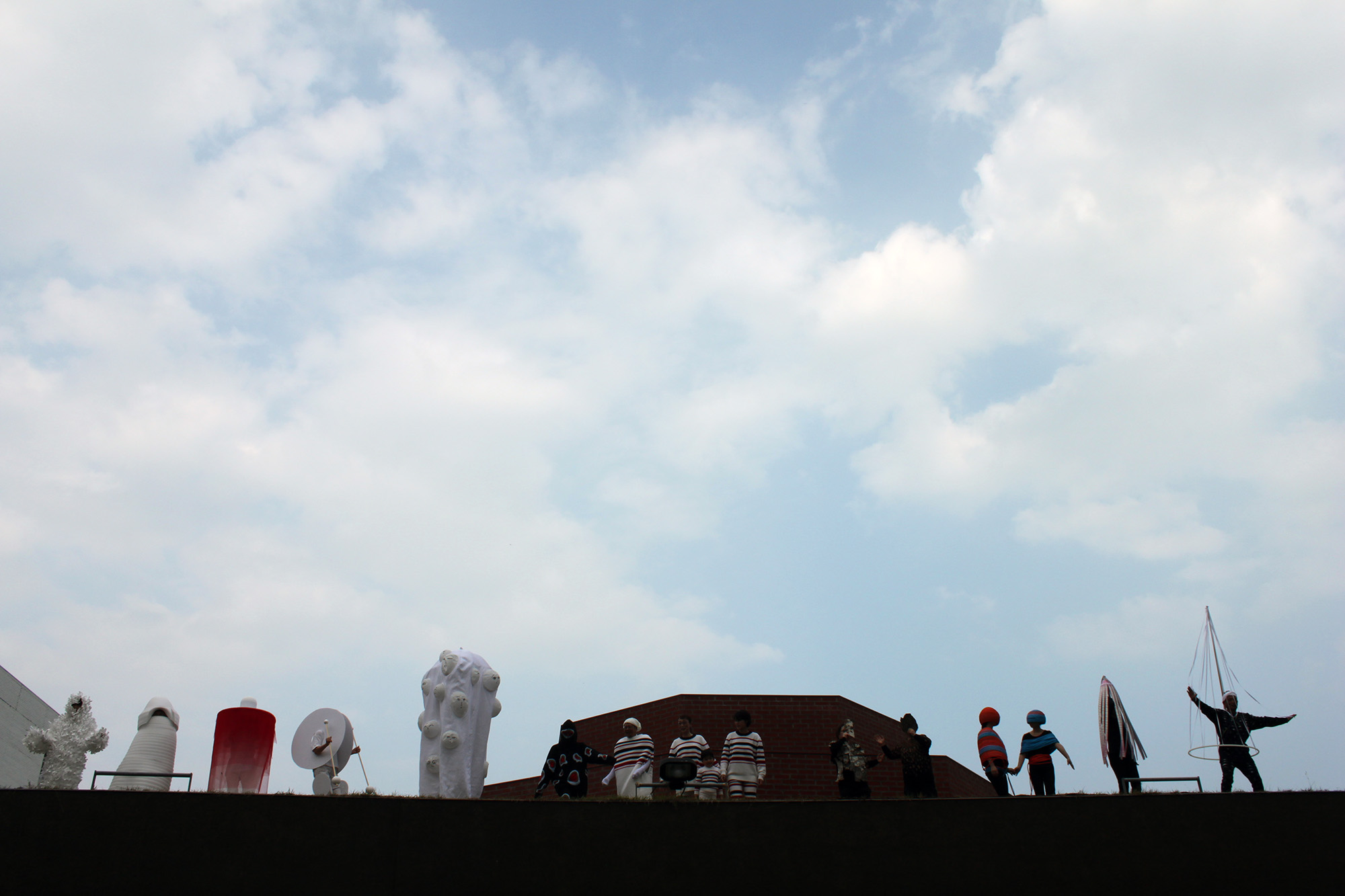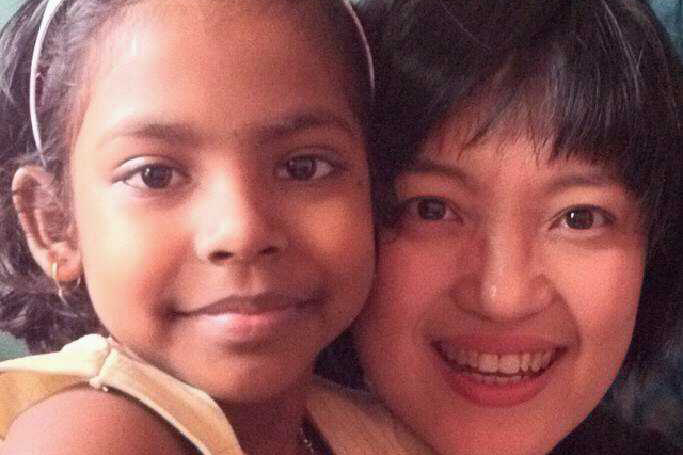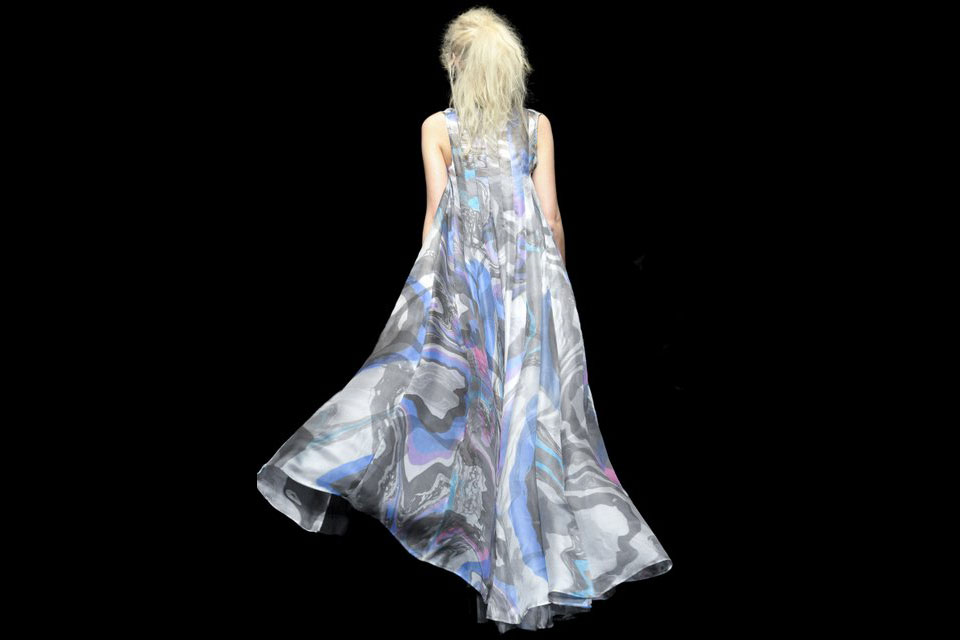For almost 10 years, I have worked to gain insight on and an understanding of our skills and strengths in a European context when it comes to textile craft and production. My big passion lies in exploring the merger of craft and design thinking, because I think it can be a way to uphold and infuse local traditions and production with renewed relevance.
In this article, I will write about my work designing together with people, because I have found that involving people practically in my design process is a way for me to tell stories about textiles and make people relate to woven textile products and their origin.
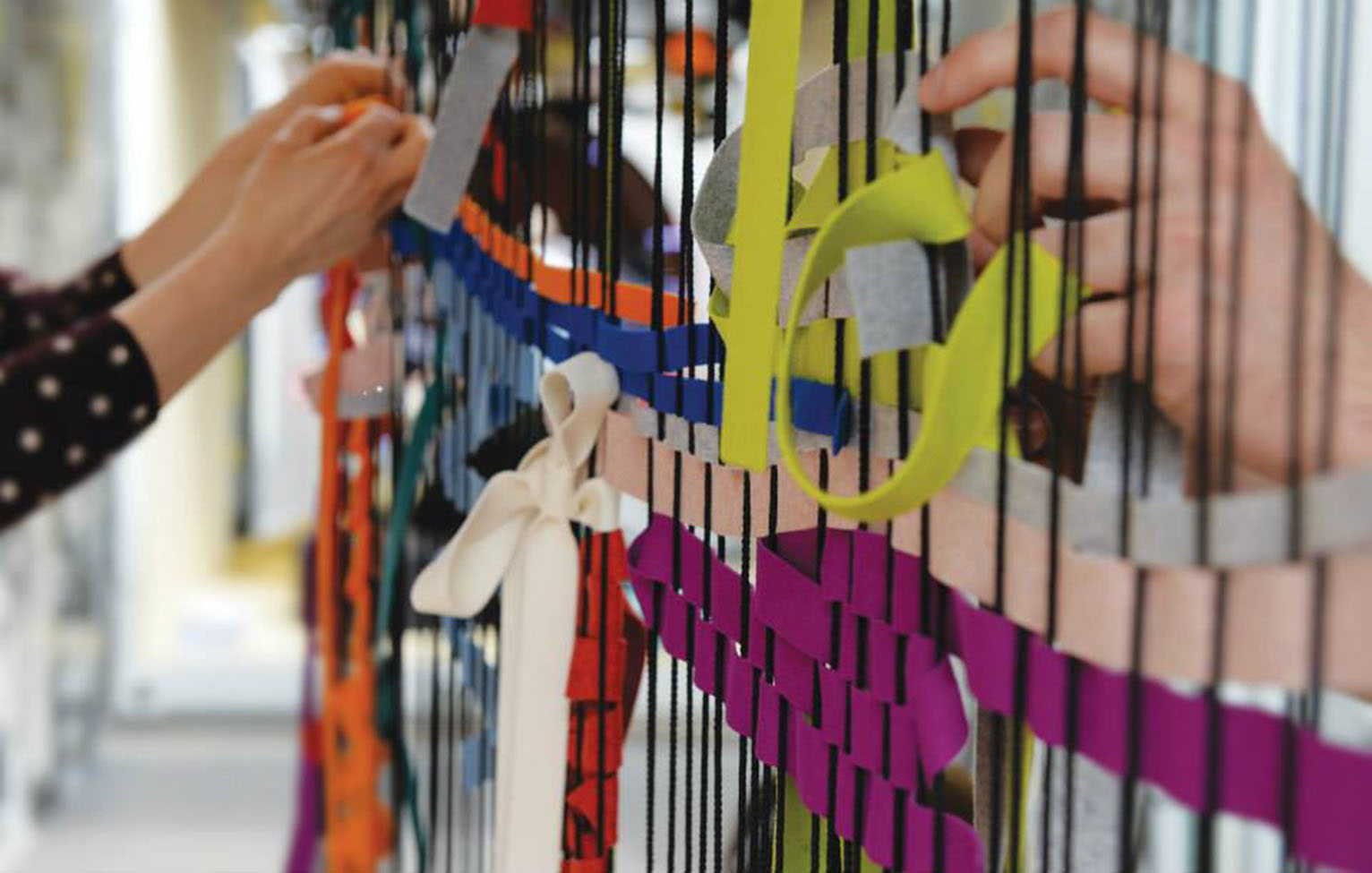
Photography: Carsten Siden
HANDS ON WOVEN
In Denmark, only a few small weaving mills remain. One of the few places that produce handwoven textiles is Work by the Blind, which employs blind and visually impaired craftsmen.
I started my collaboration with Work by the Blind in 2013. To begin with, the idea was to create a contemporary design product for the weavers to produce. During my design process, I got more and more occupied with one idea: instead of designing one final product that could be reproduced, I wanted to create a setting for a woven product, where the craftsman would have a say in the design as well.
In close dialogue with the weavers, I developed a tactile toolbox. Using the toolbox, the weaver could make three technical weaving choices with the sense of touch — a ground structure, a decoration element, and a color/material combination. The weaver would then combine the choices in the weaving process. Thus, the weavers became co-designers of the textiles they produce.
We tested the toolbox and experienced how the weavers felt a big sense of ownership for the textiles they produced. They found the production process exciting and engaging because they had taken active part in the design. The process yielded beautiful unique textiles, which were then sewn into cushions.
Photography: Carsten Siden
This approach was an eye opener for me. I was not only designing another textile product; I was designing a new setting for a group of craftsmen to work within.
EVERYTHING I KNOW ABOUT KASURI
In 2013, I was in Kyoto to study the Japanese weaving technique Kasuri at Kawashima Textile School. During my stay, I gained practical insight in the technique, observed how cultural differences create a constant aesthetic development, and experienced how craft can create a framework for interaction between people.
The workshop EVERYTHING I KNOW ABOUT KASURI was my textile interpretation of my experiences in Japan. I wanted to make a Kasuri weaving project that explored the possibilities of the technique and at the same time could bring a group of people together.
Ten participants with very different backgrounds signed up for the workshop, which took place in Kyoto. Each participant got a small loom with a Kasuri warp, a needle, and three weft choices. During the three hours the workshop lasted, the room was filled with moments of concentration as participants gained control over the technique; other moments were filled with laughter as the people who until that day were strangers were socializing and getting to know one another.
It was very inspiring for me to experience, through the workshop, how craft actually can bring people together and how the workshop participants received my interpretation as a Danish textile designer of a traditional Japanese weaving technique.
CAN A ROOM BE A LOOM?
In the autumn of 2013, after having been in Japan for one week, I was asked by Kolding School of Design in Denmark what I would do if a shipping container were put at my free disposal. The shipping container would be one of seven containers exhibited at Fuori Salone in Milan in the spring of 2014.
Already filled with impressions from Japan and reflections on how to create an interest and knowledge about the creation of textiles, I quickly realized that I wanted to use the space to create attention about weaving. Basing the project on woven textiles, I wanted to invite the audience into the loom — to relate to textiles, to participate and create together.
I wanted to magnify the micro cosmos of the woven fabric into a macro cosmos wherein the audience could come and weave or walk through, but because of its scale, they would be forced to relate to the textile.
Inspired by primitive looms, I designed a construction plan for making the container into a big loom. The Danish textile company Kvadrat supported the project. Fifty meters of textile were cut into 3,000 strips and hung in the room/loom. Every day for five days, I set up a new warp into which people could weave the many colorful wefts.
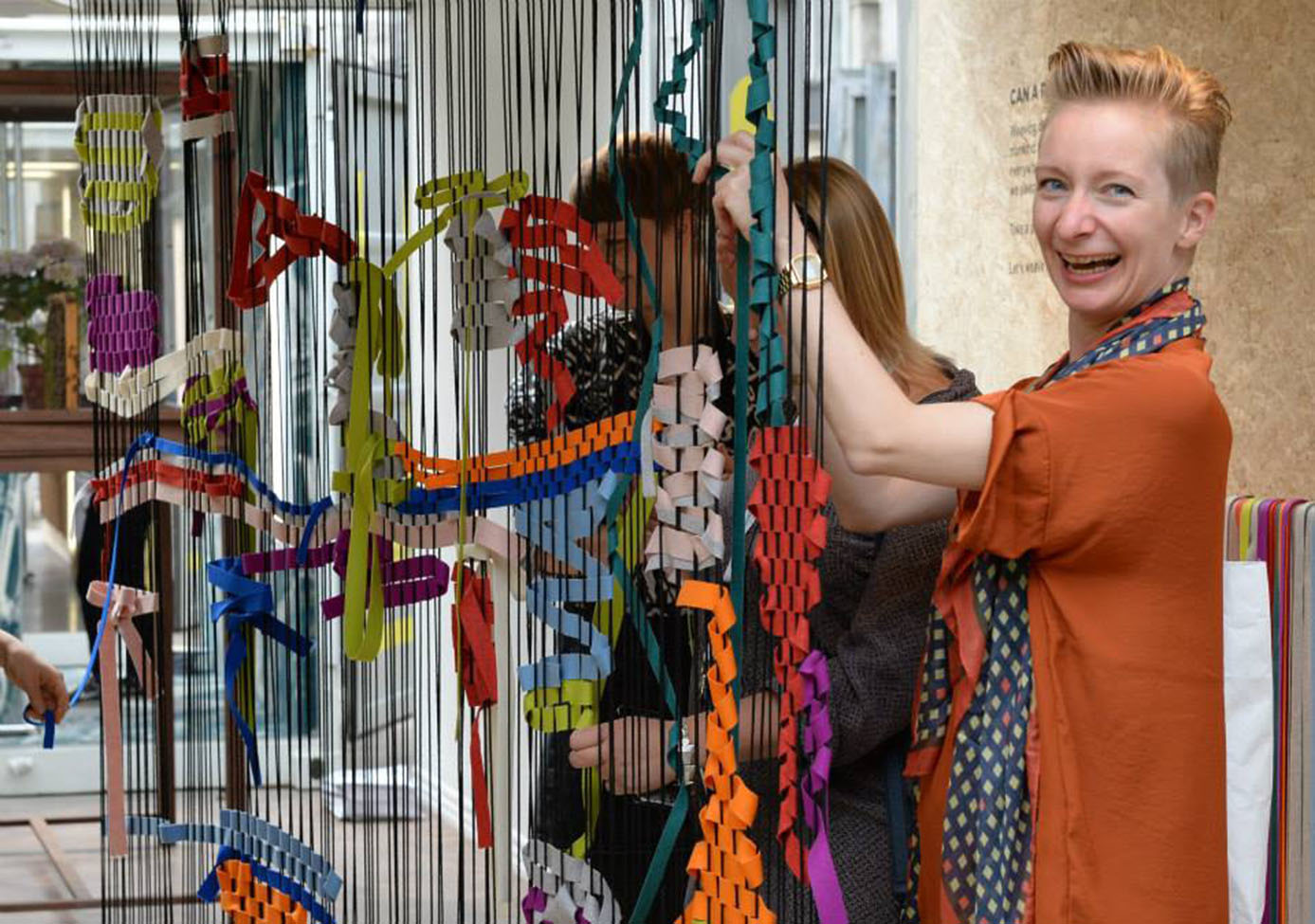
Photography: Mette Højgaard Nielsen
At the end of Fuori Salone, the room/loom had been the setting for many meditative, joyful, and focused moments of weaving. About 2,500-3,000 people had participated in the process, and five huge collaboration pieces of textiles were the result. The whole process was captured with a time lab camera documenting the build-up of the textiles.
In this series of articles for Fragments, I will explore some of the things going on in the Scandinavian design scene at the moment, especially concerning the merger of craft and design thinking and social design. I find it really exciting to have this opportunity to investigate and learn through this journey and to convey my explorations to you.

